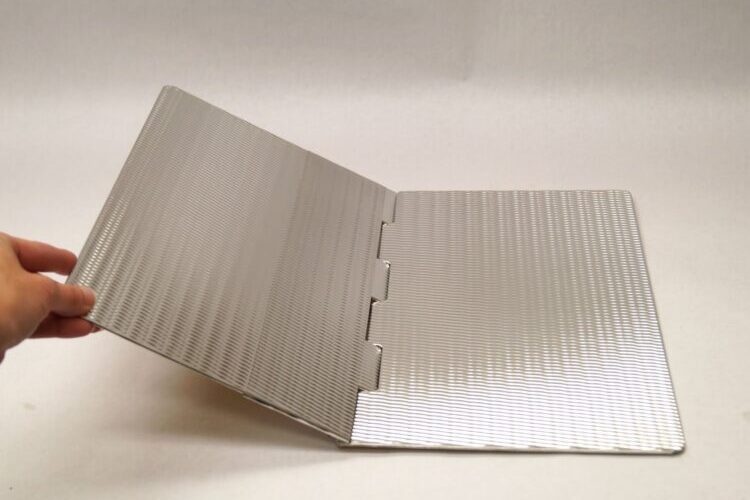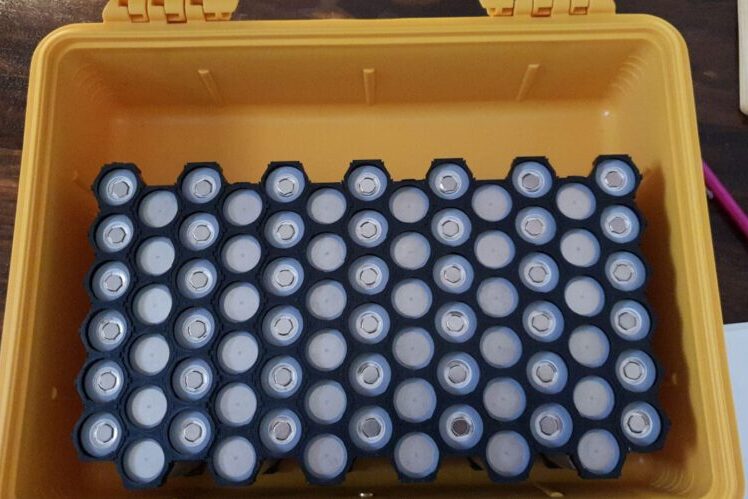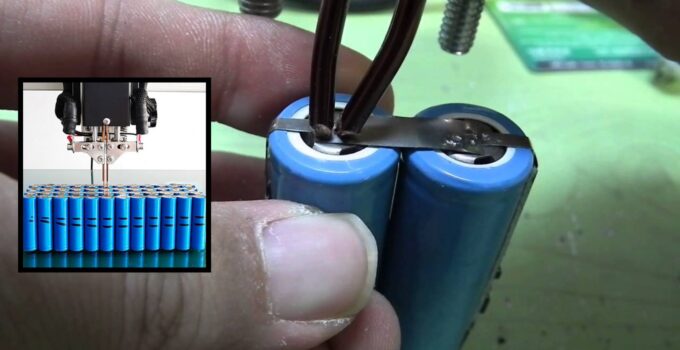Lipo-battery welding, a niche yet critical skill, holds immense significance for a wide range of enthusiasts and professionals alike. Whether you’re a hobbyist tinkering with RC vehicles, a DIY enthusiast powering a custom electronics project, or a professional in the field of electronics repair and manufacturing, the right tools and equipment are paramount for safe and effective battery welding.
Page Contents
Understanding Lipo-Battery Welding
Lipo-battery welding is a precise and controlled process used to join lithium-polymer (LiPo) battery cells. These high-energy-density batteries are widely used in electronics, drones, electric vehicles, and more. Proper welding ensures the integrity of the battery pack, as well as the safety of the end user.
Safety and precision are paramount in lipo-battery welding. Inadequate approach can lead to battery failures, fires, and even explosions. Therefore, mastering this skill requires attention to detail and adherence to safety protocols.
Safety First – The Basics

Source: delphiglass.com
Safety should always be the top priority when working with lipo batteries. These high-energy cells can be volatile if mishandled. To minimize risks, it’s crucial to follow these safety measures:
Ventilation: Work in a well-ventilated area to dissipate fumes and gasses produced during welding.
Fire Extinguisher: Keep a fire extinguisher nearby in case of emergencies.
Safety Gear: Wear appropriate safety gear, including safety glasses, gloves, and protective clothing.
Battery Inspection: Examine batteries for damage or defects before action.
Fireproof Work Surface: Use a fireproof workbench or mat to prevent accidents.
Understanding potential hazards and taking adequate precautions is the foundation of safe lipo-battery welding.
Essential Tools for Lipo-Battery Welding

Source: foil.zone
To embark on your lipo-battery welding journey, you’ll need a set of essential tools:
Spot Welder: A spot welder is the go-to tool for precise and controlled welds on battery terminals.
Soldering Iron: Essential for soldering wires and connections.
Battery Holder: Keeps the battery securely in place during welding.
Safety Equipment: Safety glasses, gloves, and protective clothing to shield against potential hazards.
These tools form the core of your battery welding arsenal, ensuring you have the basics covered for a safe and efficient operation.
Types of Lipo-Battery Welders
There are several types of lipo-battery welders available in the market, each with its own set of advantages and disadvantages:
Spot Welders: Known for their precision, spot welders create strong welds by passing a high current through a small spot.
Pulse Arc Welders: These offer a more versatile approach, suitable for various battery types and thicknesses.
Ultrasonic Welders: Ideal for sensitive electronics, these create welds through high-frequency vibrations.
Selecting the Right Equipment
Selecting the right equipment is crucial. Factors such as battery type, thickness, and intended use should guide your choice. Budget considerations also play a role, as advanced welders can be expensive. A balance between cost and functionality is key. Ensure compatibility between your chosen tools and the batteries you’ll be working on.
Setting Up Your Workspace
Creating a suitable workspace is essential for efficient and safe lipo-battery welding. Consider the following:
Ventilation: Ensure proper airflow to disperse potentially harmful fumes.
Lighting: Good lighting is crucial for precision work; invest in quality task lighting.
Organization: Keep your workspace clutter-free and well-organized to avoid accidents.
An organized and well-prepared workspace sets the stage for successful battery welding.





